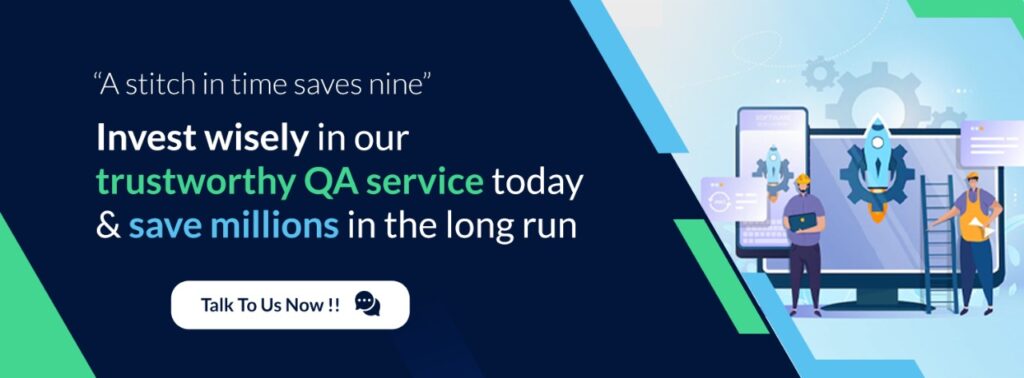
Have a closer look at the above images. What do you see in them? Lack of vision or just ignoring the blueprints of the architecture? These are some of the examples of bad engineering that happened because of the lack of understanding of the requirements and not having a streamlined process that can assure the quality of the final product. We come across similar real-time scenarios in the world of software. When a client presents a thought which needs to be developed by the software development team, they are looking for a perfect solution that is user-friendly and can be used without facing any obstacles.
The software delivery and the committed timelines could really go haywire if the development cycle does not adhere to QA guidelines, user stories, and architectural design methodologies.
Software development is a critical workflow of a number of steps involved in designing and delivering a high-quality product adhering to the requirements outlined by the client. This process is driven by the Software Requirement Specification (SRS) document, which mentions the customer requirements in a precise way. Thus, reviewing the documents, understanding the user stories, defining processes like reviews and walkthroughs, following all these actions comprise a comprehensive Quality Assurance process.
The International Organization for Standardization (ISO) has clearly defined this process which states “part of quality management focused on providing confidence that quality requirements will be fulfilled.” ISO 9000:2005 clearly provides details about the Quality Management standards that are being designed to be followed universally to facilitate a quality product to be provided to the end-users and Clause 3.2.11 mentions the definition stated above for Quality Assurance (QA). This is an industry-standard that is followed by many of the organizations involved in doing software development. It is not dependent on the methodology being used by the company for doing the development.

How to achieve Quality Assurance?
The previous section defined QA in general, however, when it comes to Software Quality Assurance, it is vital to know how it can be implemented at the organizational level, so that all the software products being developed follow a streamlined process. This might have one or two minor differences in the approach based on the type of product being developed, but at the end of the day, the steps being followed remains the same across the organization. A quality software product can be achieved by following the below-mentioned steps, also known as PDCA.

Whatever we have mentioned so far is about the process which needs to be followed to achieve the results that we are aiming for: a user-defined product. But, nothing has been said about the activities of the testing team. QA is the responsibility of the entire team and not just the testing team. QA can be looked upon as a preventive method, following which the final product can be prevented from being faulty, whereas QC is more of a corrective method which is supposed to find the defects in the product, report it and get it fixed by the development team. While performing Quality Control, all the processes defined in Quality Assurance are followed, thus QC is an integral part of QA, without implementing proper QA, QC can never result in a product which is as per the client’s expectations.
Major differences between QA and QC are outlined below:
| Quality Assurance | Quality Control | |
| Definition | Process for managing the quality of end product | Process for ensuring the quality of end product |
| Approach | Proactive/Preventive | Reactive/Corrective |
| Focus | Process | Product |
| Activity | Verification | Validation |
| Code Execution | Not required | Required |
| Cycle Span | SDLC | STLC |
| Responsibility | Entire team | Testing team |
| Execution sequence | Done before QC | After QA |
Webomates has a special consideration for the quality of the product which is achieved by adhering to the QA guidelines and following a multi-pronged testing approach. Webomates CQ is a revolutionary SaaS-based regression methodology that enhances the visibility on the build quality before putting it in production. Webomates CQ comprises three overlapping cycles of Full Regressions, Overnight Targeted Checks and Smoke Checks executed with manual, automation, crowdsourcing, visual testing, and artificial intelligence across all target platforms within the committed time frame.
Want to know more about the quality assurance being provided by Webomates? Request for a demo today.
Test Smarter, Not Harder: Get Your Free Trial Today!
Start Free Trial
Leave a Reply